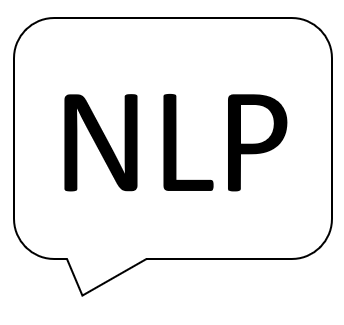Experience

Qualcomm Senior Software Engineer
Under my leadership, the multi-accelerator team has improved the latency of neural networks like BERT on the cloud by distributing the inference across multiple Qualcomm accelerators.
Dec. 2020 - present
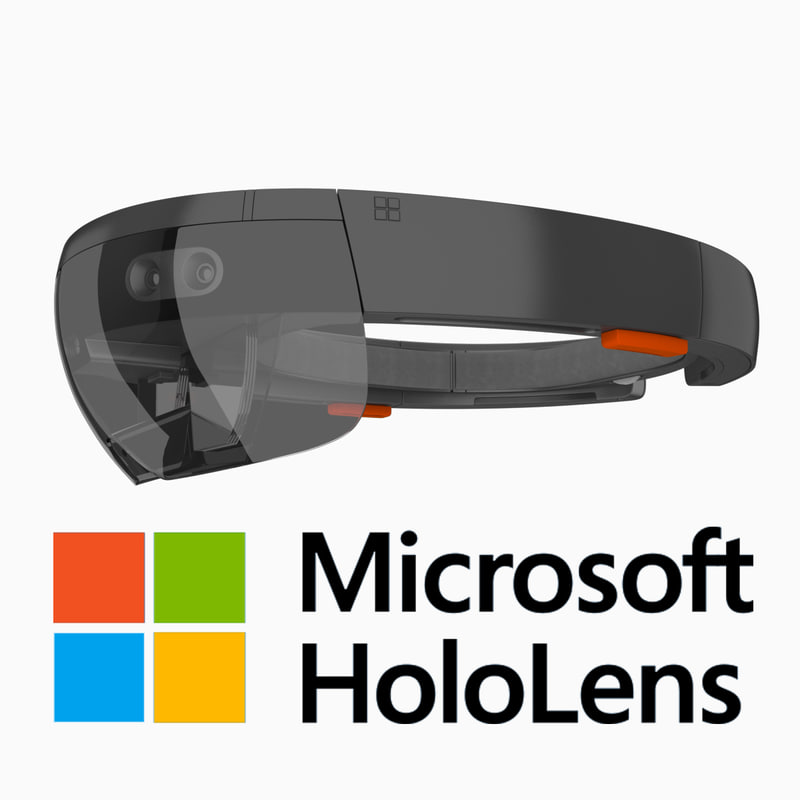
Microsoft Research AI Software Engineer
Improved the fluency of generated responses by more than 60% for the HoloLens when navigating a user by implementing the idea of theory of mind in a deep learning model in Pytorch. I also co-authored TwoPaneView for React Native which enables the dynamic rendering of Views on dual screen devices like the Microsoft Surface Duo.
Sept. 2019 - Sept. 2020

Solvvy Software Engineering Intern
As a software engineering intern at Solvvy, developed and trained large deep neural network models on hundreds of thousands of GCloud Kubernetes-managed, PostgreSQL-stored ticket queries to classify and draw insights from text data. Also wrote a Facebook Messenger Chat Plug-in interface for Solvvy's chatbot platform.
Jul. 2018 - Sept. 2018
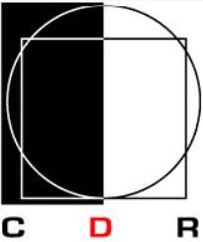
Stanford Center for Design Research Research Assistant
Improved by more than 10% the classification accuracy of dialogue acts in multi-person conversations by using context-dependent bidirectional LSTMs.
Jun. 2017 - Jun. 2018
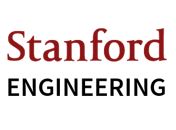
Stanford CS106B ACE Head Teaching Assistant
I was in charge of CS106B ACE which is an extra section for more in-depth overview of C++ topics and class material.
Sept. 2018 - Jun. 2019

Stanford Computer Science Research Assistant
Under the leadership of Stanford professor Silvio Savarese improved the 3D representation of indoor spaces by using multi-task convolutional neural networks trained on hundreds of thousands of indoor images
Summer 2016
Skills





















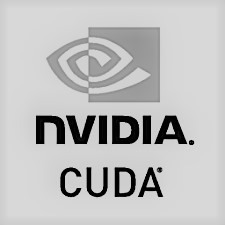



Education

Stanford University
MS and BS in Computer Science (AI, Systems)
Startups

Concert
Projects
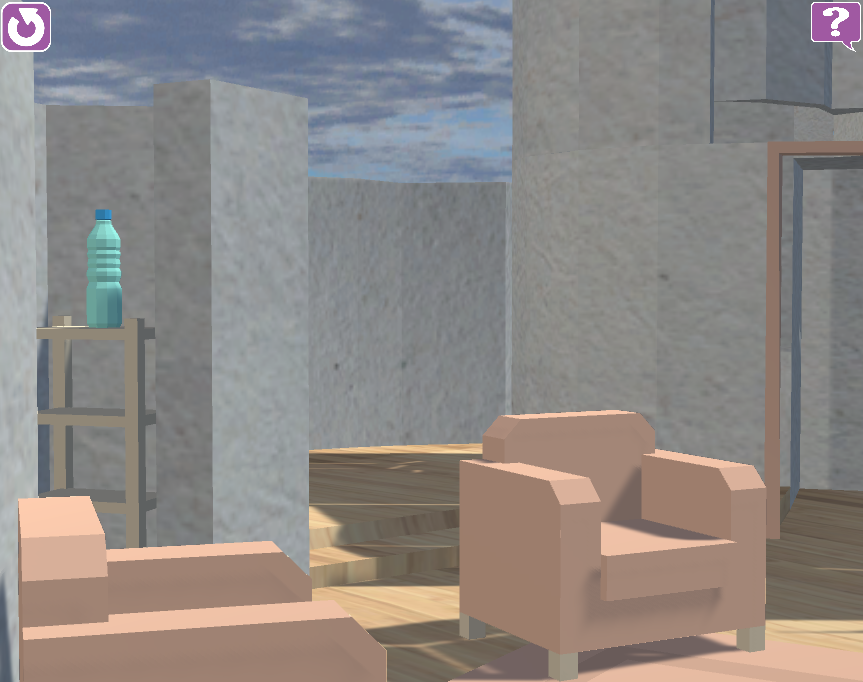
Navlead: Virtual Navigation Assistant
NavLead is a type of virtual assistant that specializes in giving directions. Technically speaking, NavLead is a machine learning model trained to generate text answers. In the demo website, we showcase the power of NavLead through a live demo in a 3D environment developed in Unity and Blender. In this demo, users can ask questions through a chat interface as they navigate a 3D house looking for a target. Upon receiving a question, NavLead infers an answer in text at the server and sends the response to the user. Under the hood, NavLead employs a sequence-to-sequence architecture that takes as input the sequence of words in the player’s question along with the location of the player for context and outputs a sequence of generated words as a text answer.
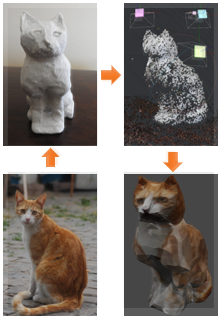
3D Reconstruction of Physical Objects
This projects aims to automate the creation of 3D objects through 3D reconstruction.
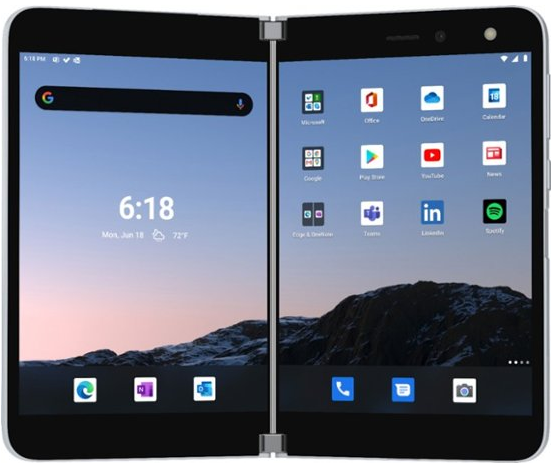
React Native Two Pane View for the Microsoft Surface Duo
I co-authored TwoPaneView for React Native which enables the dynamic rendering of Views on dual screen devices like the Microsoft Surface Duo.
Publications
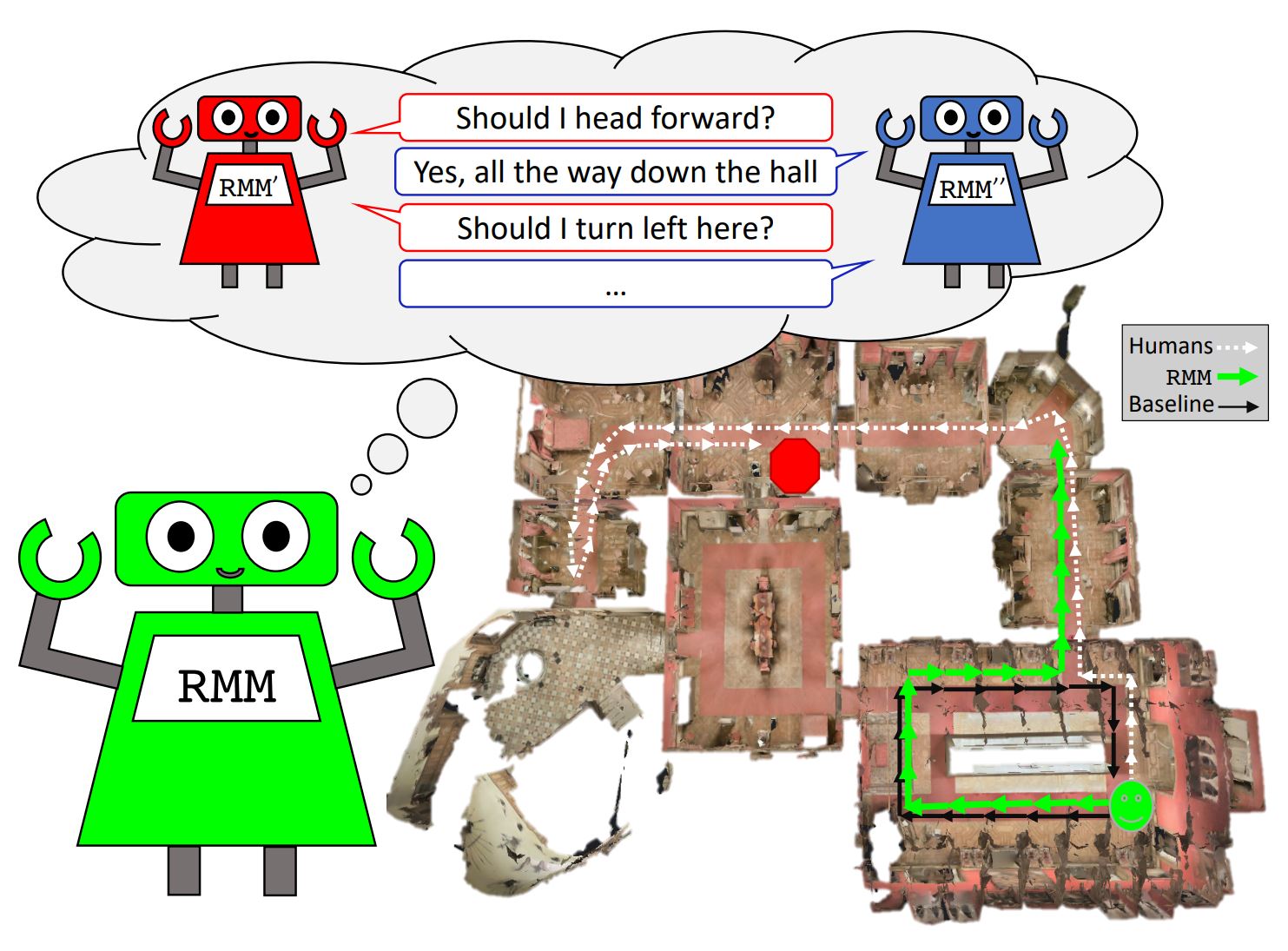
RMM: A Recursive Mental Model for Vision-Dialog Navigation
RMM dramatically improves generated language questions and answers by recursively propagating reward signals.
Published as part of Findings of EMNLP 2020
Homero Roman Roman, Yonatan Bisk, Jesse Thomason, Asli Celikyilmaz, Jianfeng Gao
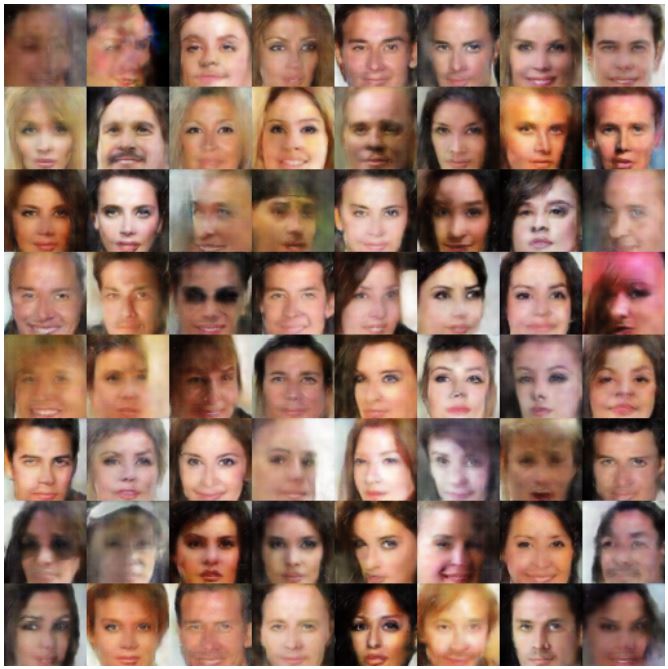
Photoshop 2.0: Generative Adversarial Networks for Photo Editing
By manipulating the encoded vector space of GANs it is possible to edit photos to add facial attributes.
Homero Roman Roman, Brandon Yang, Michelle Zhang
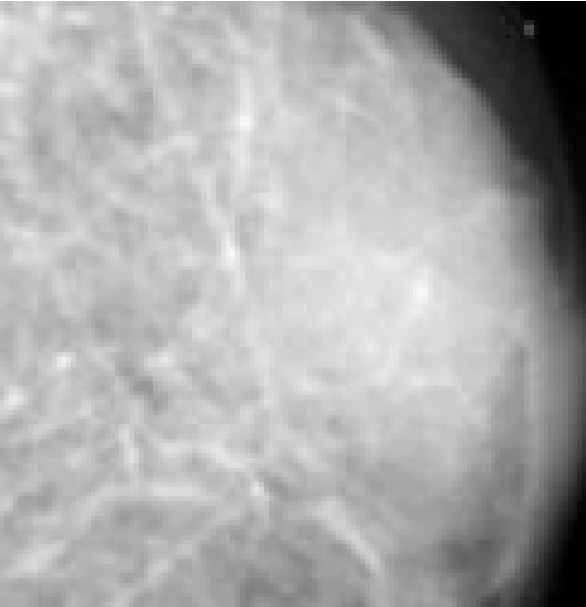
Automatic cancer development prediction based on classification of mass lesions in mammograms
In this project, diagnosis is done through multiclass classification of mamammographs into normal, benign, and cancerous while the prevention characterization is done by the automatic prediction of cancer development through reinforcement learning.
Homero Roman Roman

Automatic IDN Dialog Act Tagging of Design-Team Conversations
This paper explores the effectiveness of leveraging transfer learning in neural networks for the classification of conversations into their respective dialog acts. For this task, we use as our tags the Interaction Dynamics Notation (IDN) developed at the Stanford Center for Design Research.
Homero Roman Roman
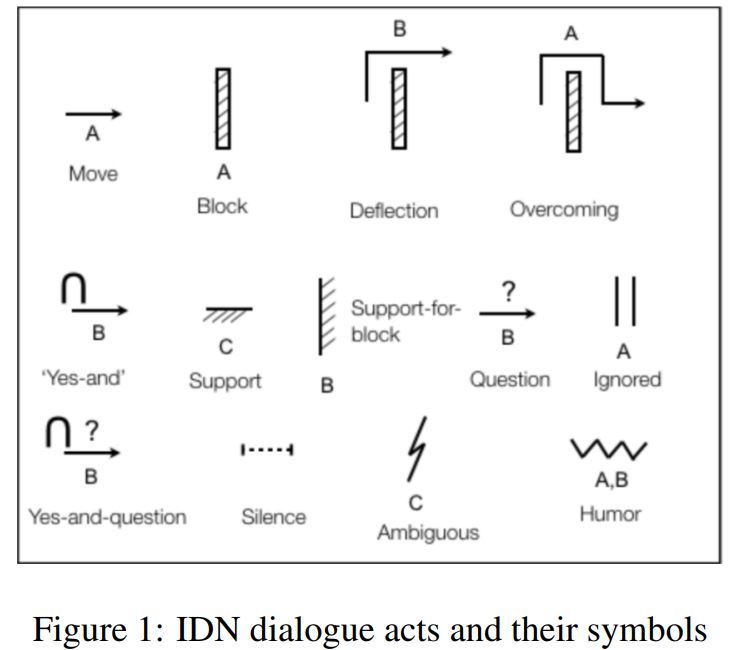
IDN Dialogue Act Classification With Conditional Random Fields and Recurrent Neural Networks
We set a new standard of accuracy for the task of dialogue act classification on the Interaction Dynamics Notation dataset through the use of Conditional Random Fields in addition to LSTM Recurrent Neural Networks.
Christopher Koenig, Homero Roman Roman, Amanda Lim
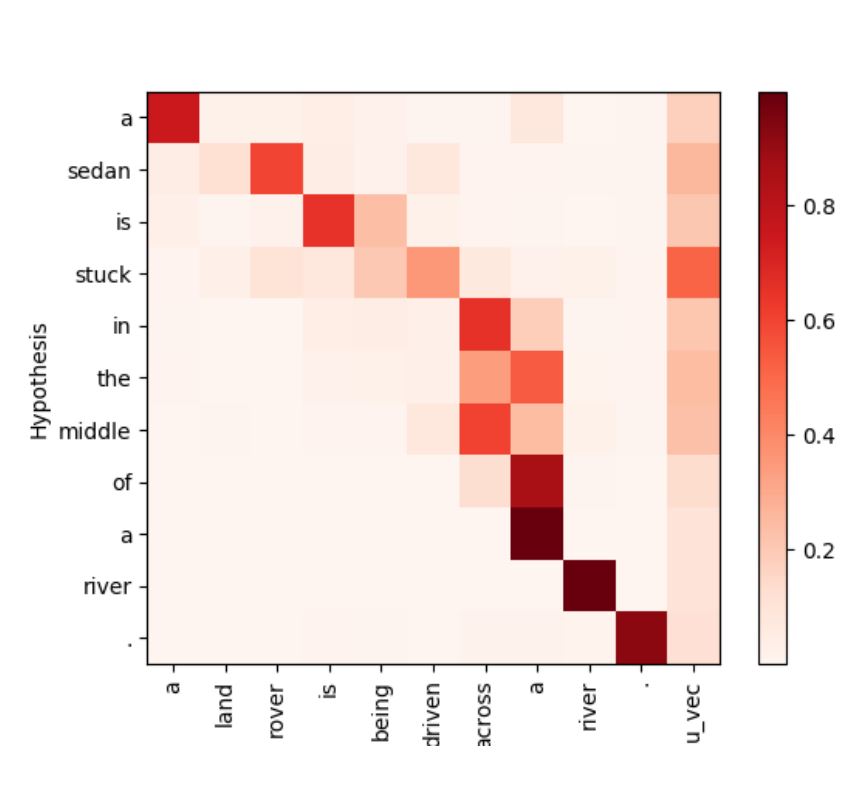
“Unmatched” Attention for Natural Language Inference
In this paper, we explore matrix-based attention weighting for improving attention models for Natural Language Inference.
Vinson Luo, Homero Roman Roman, Alex Tamkin
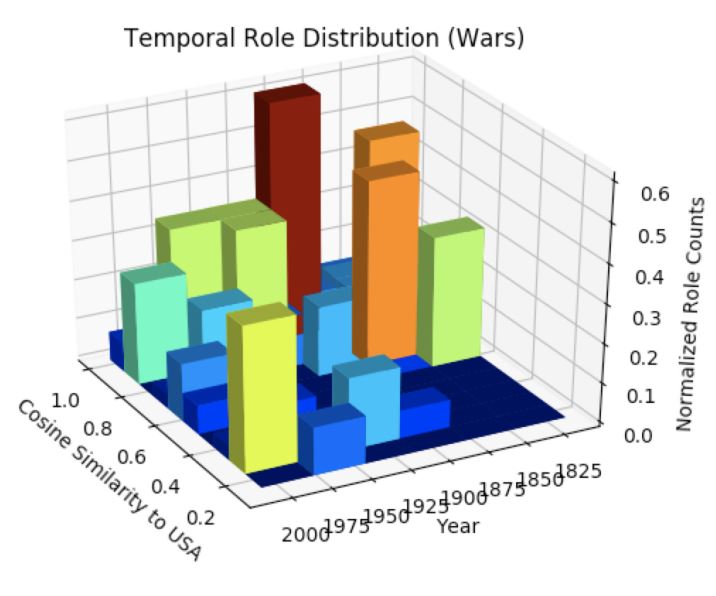
Temporal Analysis of International Relations Networks
In this project, we explore structural properties of the alliance, war, and sentiment graphs of the the Correlates of War dataset, including the roles of individual nodes, structural motifs, and graph-level communities. In contrast to most previous work, we also explicitly analyze changes to the graphs over time.
Homero Roman Roman Colin P. Gaffney, Luis F. Varela





